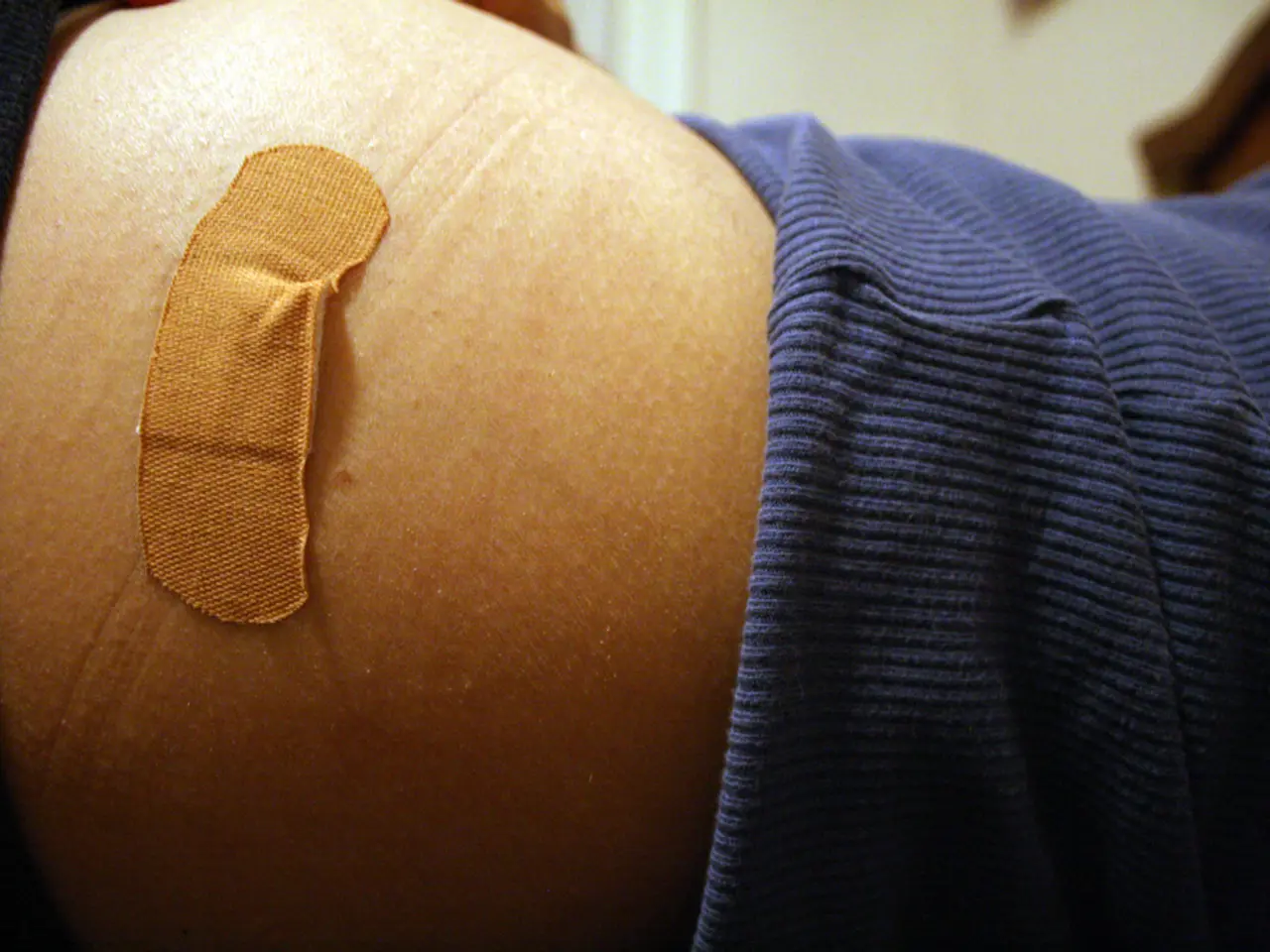Transplanted Live Liver: Consequences, Outcomes, and Preparations
Living liver transplants (LLLT) are proving to be a promising alternative to deceased donor liver transplants (DDLT), with recent studies indicating higher long-term survival rates for LLLT recipients.
In a living liver transplant, surgical teams typically perform the surgeries for both the donor and recipient in nearby operating rooms. One surgeon removes a portion of the liver from the donor, while another transplants it into the recipient. This procedure allows for a more immediate transplant, reducing the waiting time and potential risks associated with disease progression.
A study published in 2025 found that individuals who underwent a living liver donor transplant experienced fewer complications and had higher survival rates after 3 years compared to those who received a deceased liver donor transplant. Specifically, the 3-year survival rate for LLLT recipients was 86%, compared with 80% for DDLT recipients.
To become a living liver donor, an individual must meet several requirements, including being over the age of 18, being in good physical and mental health, having a body mass index of 35 or below, having a blood type that is compatible with the recipient's, and understanding and accepting the risks and benefits of living liver donation.
Living liver donors and recipients may be family members or have a close association, which is referred to as a directed donation. However, it is also possible for an individual to donate to someone they do not know, which is referred to as a nondirected donation.
The surgery for living liver donation can take 4-6 hours, and the donor will typically stay on the surgical intensive care floor overnight for monitoring. Recovery time for living liver donors may be lengthy, with a doctor's advice for being off work for 6-10 weeks.
Despite the benefits of LLLT, it is not a common procedure, with only about 6,586 performed since 2008 out of approximately 170,000 liver transplants overall. This is partly due to the strict criteria for donor eligibility and the risks associated with the procedure for both donor and recipient.
In the United States, approximately 17,000 people are waiting for liver transplants, but only enough livers from deceased patients are available for about 5,000 surgeries each year. This means that about 25% of people on the waiting list die each year without receiving a transplant.
In conclusion, living liver transplants tend to offer superior long-term survival compared to deceased donor transplants. However, survival ranges can vary by underlying disease, patient condition, and centre expertise. Potential candidates for LLLT must undergo a series of examinations to determine their eligibility, and the procedure carries risks for both donor and recipient. Despite this, LLLT may be a good option for some people with end-stage liver disease.
Living liver transplants, performed with surgical precision, involve the removal of a portion of a donor's liver and its transplantation into the recipient, boasting higher long-term survival rates compared to deceased donor transplants. Science and medical advancements continue to explore other liver disorders and their management, including living liver transplants as a key treatment. Being mindful of health-and-wellness, potential donors are assessed for suitability to ensure a safe and successful transplant, considering various medical-conditions and factors, such as blood type compatibility and physical health status.




